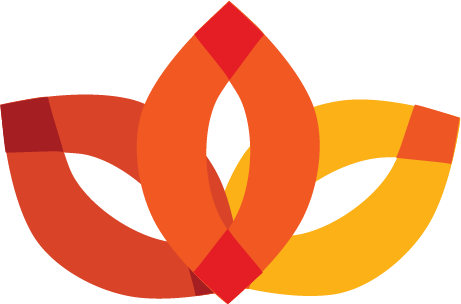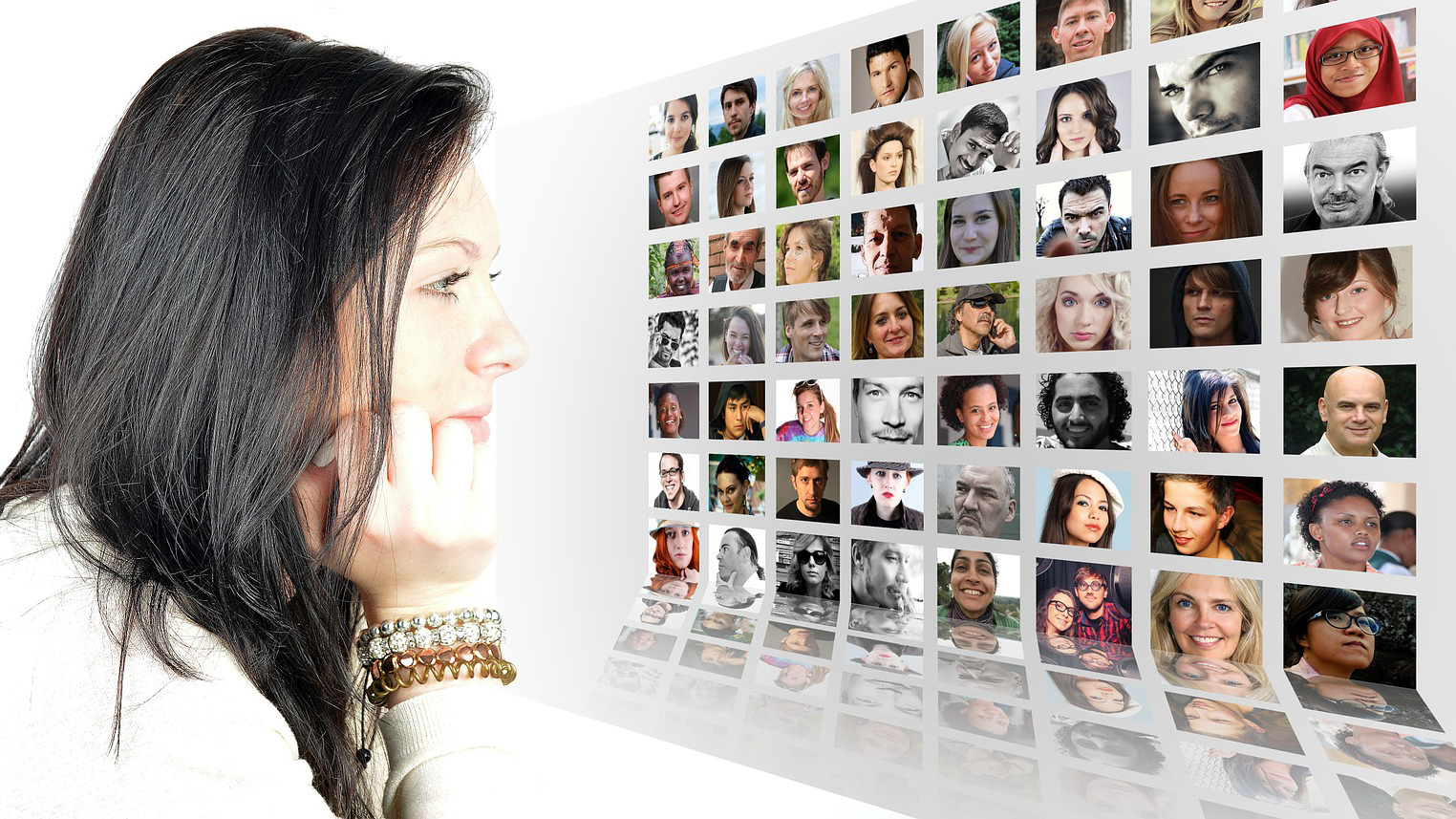

This section includes stories of how to approach promotion of sustainable change, with support of the gender equality and diversity toolkit.
Most literature and consulting practice on change involve first analysing a system and then recommending what actions to take. However, it is also often proposed that one cannot understand a situation without trying to change it. This involves the analysis of a situation as a learning situation, which can provide both knowledge and understanding. It is, however, important to remember that there is no best or fail-proof approach for addressing complex situations.
Promoting sustainable change means being involved in reflections on things formerly done as matter of course.
For this reason, you should encourage people to reflect on previous unreflective actions. Such actions involve a reconstruction of experiences as norms, prejudice, and stereotypes will be revealed through serious reflection. This is relevant as most people perceive the way they go about their everyday lives, including their everyday interactions, as rational, and not as prejudicial or stereotyping. Most of the time people are unaware of an overarching framework of norms or the prevailing norms and values that govern their actions.
For this reason, there is a need to start by reflecting on values and the situated context. Standing outside and studying people for this reason cannot provide sufficient knowledge compared to being in the middle of a situation and trying to change it with the people from within.
Relevant in terms of change is the notion of diffraction. In reflection, people tend to see a mirrored reflection of their own understandings. Therefore, it is necessary to activate alternative understandings of a situation to create sustainable change. The metaphor of diffraction, as rays of light hitting a rough surface and spreading in various directions, can therefore be valuable for achieving sustainable change.
Converted to processes of thinking innovatively, this could indicate that the greater the diversity in the group, and hence the greater probable spectrum of diffractions, the more alternative solutions there can be. In theory, if people in a change intervention are confronted with other perspectives and have to seriously reconsider their own understandings, alternative solutions and ways of doing things might appear.
Maintaining an imbalanced system, from a gender equality and diversity perspective, involves continuous reestablishment of what are considered to be “facts”, “truth”, and “reality”. This means that there is an opportunity to renegotiate and reconstruct understandings of gender and diversity.
Change and innovation are rather difficult concepts to grasp. There is a discrepancy between the way people in general accept the idea of change and innovation and the way they actually go about it. The guiding logic seems to involve unscrutinized norms and non-reflected habits and practices.
This is one reason why serious innovation is a rare phenomenon; people in general do not radically challenge traditional ways of thinking and doing. Every human’s lifespace is formed by upbringing, experiences, education, social interactions, and so on, which all shape viewpoints in various respects.
To promote sustainable change and new ways of thinking, prevailing logics need to be challenged.
Change and innovation often is viewed with respect to very small steps that do not involve fundamental consideration of what guides strategies and practices. However, there is occasionally a need for thinking in radically new ways – in ways that tear down old structures and create imbalance in the system in order for change and innovation to actually occur.
Innovation can be described as a set of activities carried out by individuals and groups in processes that are stimulated, facilitated, and enhanced (or the opposite) by structural and social factors. Our argument is that radical innovating occurs in processes in which people are reformulating, restructuring, and challenging conditions, traditions, strategies, norms, and practices. In short, promoting sustainable change requires a rethinking of basic objectives. Some ways of how to approach this is further described in upcoming sections.



This story is about a project that challenges the imbalance between women and men in certain work sectors and why so few young people are attracted by certain work. In short, there was a need to re-think underlying causes and origins and a need to develop actions for change.
Regarding gender, diversity and innovation within academia, the Genovate evaluation team has identified some enabling factors. These could be taken into account when boosting gender and diversity awareness development process.
These enabling factors were identified in sessions, implementation work, and in the different on-site visits to partners.
The Genovate project has been an opportunity to think about how to promote sustainable change from a gender equality and diversity perspective. Structural change is an ambitious and complex goal that requires a holistic approach. Also, structural change requires an understanding that gender equality can be controversial in some contexts.
The use of a gender system analysis provides a framework for evaluating projects, and in this project it contributed to identification of different areas where change needed to be promoted. For this reason, Acker (1999) proposes not only to analyse change at a structural level but also to analyse it at a social, symbolic, and personal identity level.
In this regard, the matrix included specific attention to advances and challenges, as described in following paragraphs.
The evaluation of the GENOVATE project has been an opportunity to think about how to assess structural change from a gender perspective. In this regard, the evaluation team has worked with different contributions from the evaluation field and the gender studies. All of them highlight that structural change is an ambitious and complex goal that requires a holistic approach. Therefore, the evaluation has to be aware of this complexity and analyze the different areas where change occurs.
Regarding gender, diversity and innovation, the evaluation identified some enabling factors based on Tichy’s framework (Navarro, 2007 and Mukhopadhyay et al., 2006). This framework distinguishes three areas when analyzing and promoting structural change inside organizations: ideas, structures, people. Ideas relate to policies and actions, policy influence, and organizational culture in a University. Structures relate to tasks and responsibilities, decision-making procedures and cooperation, and learning mechanisms. Finally, the area of people relates to the gender equality and diversity expertise, incentives, as well as the attitudes related to gender equality and diversity.
Below, main enabling factors are presented as “success factors” and key actions to promote. These enabling factors were identified in a project partner meeting, and in different on-site visits to partners. All of these factors could be taken into account when developing gender and diversity awareness.